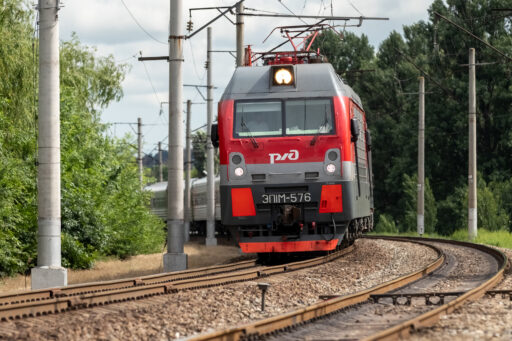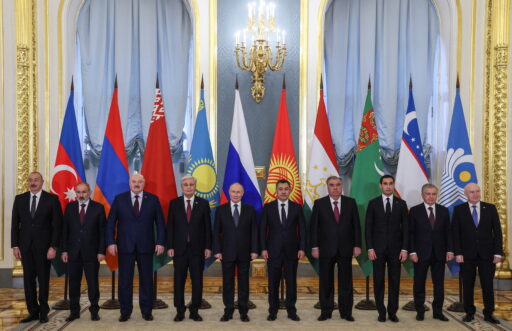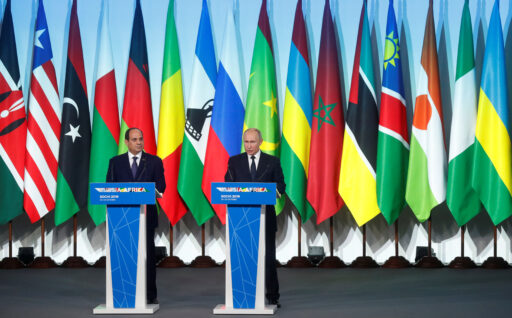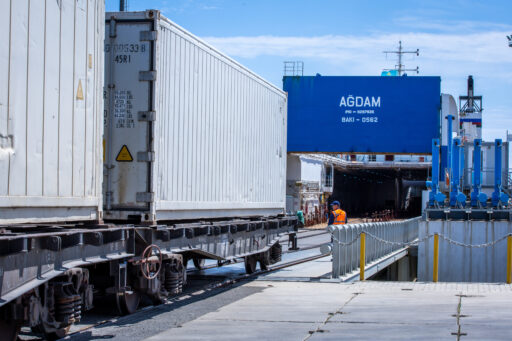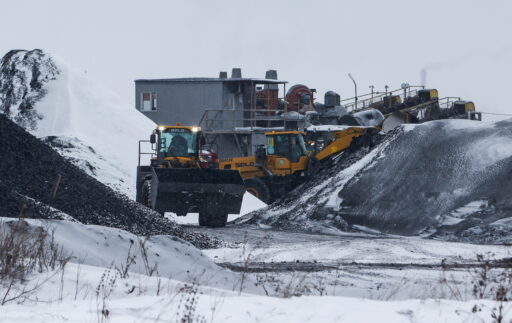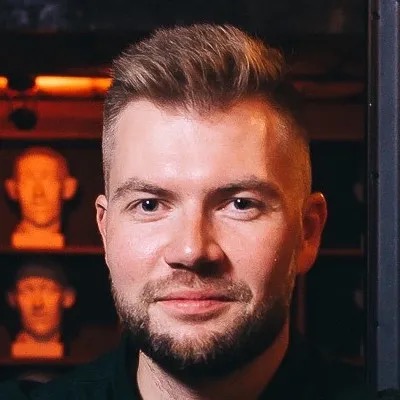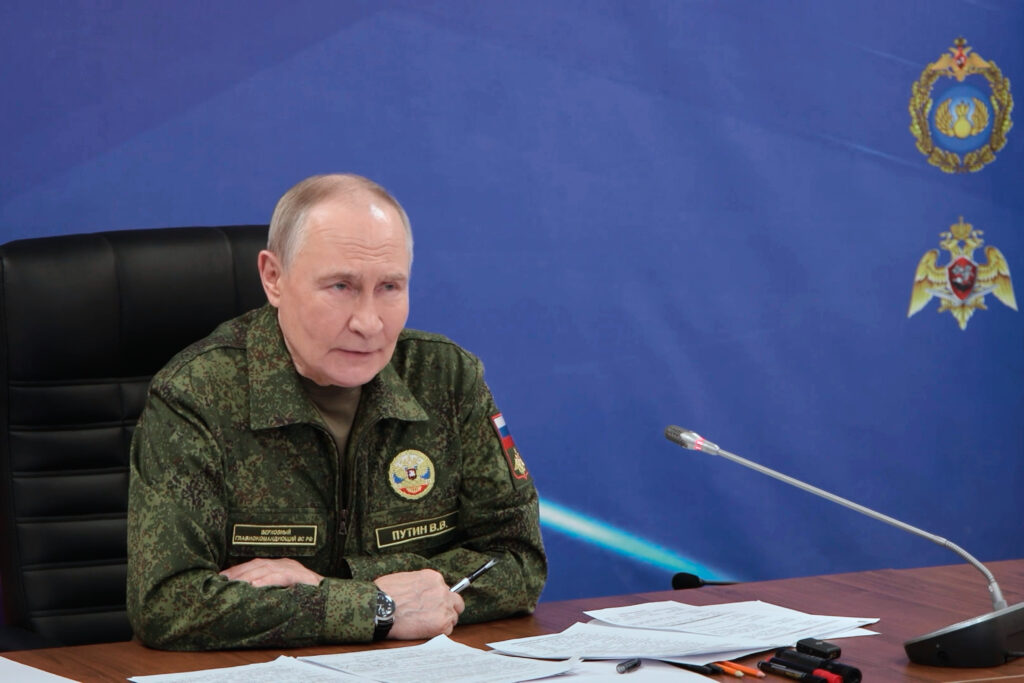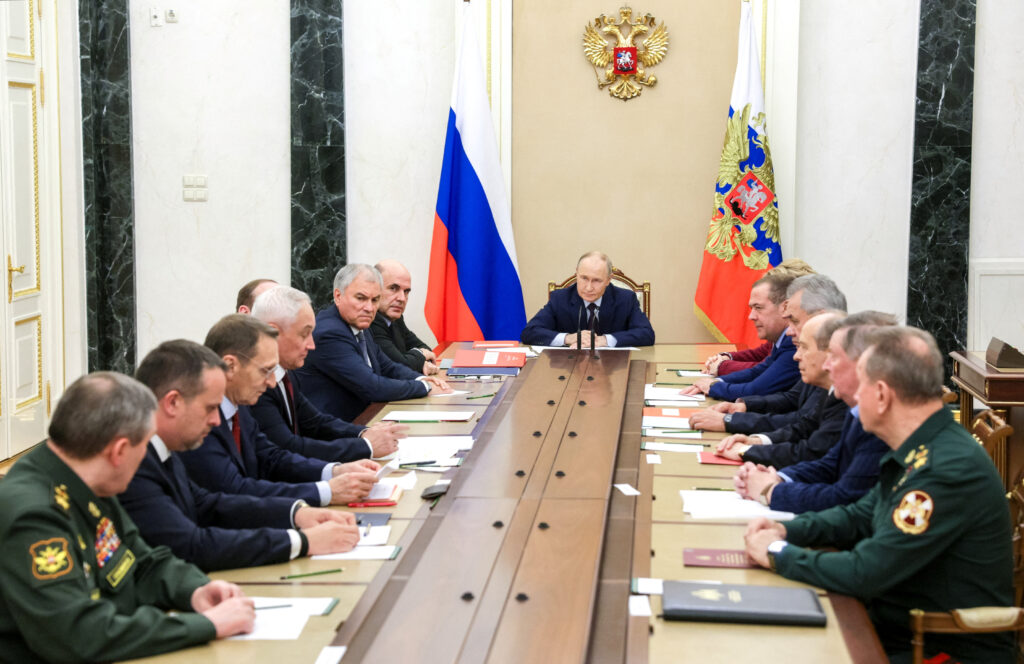Political life in autocracies often resembles a «distorted mirror»: parliaments do not reflect the will of the people, elections do not lead to a change in power, and parties lack genuine competition. However, at a «below-the-radar» level—in the realm of everyday social activity—there remains space for civic initiatives, volunteering, charity, and self-organization. The grassroots life of civil society, existing outside the state and business, often stays beyond the notice of authoritarian regimes. But as autocrats consolidate control over key institutions, they turn their attention to this level, transforming civic organizations and associations into tools for securing the loyalty of social groups, achieving political goals with minimal costs, and compensating for the lack of feedback.
In Russia, the deliberate co-optation and subordination of the professional nonprofit sector (NGOs) began in 2012−2013. The Kremlin employed a range of measures: restricting foreign funding, introducing the status of «foreign agents» and «undesirable organizations,» and distributing «presidential grants» to support loyal structures. These steps allowed the state to control formal NGOs, but grassroots civic activity extends far beyond the professional sector. It includes everyday forms of self-organization: sports clubs, homeowners’ associations (HOAs), parent chats, dance communities, and other informal groups that foster social capital, strengthen trust, and develop horizontal ties.
Classical political theories link societal trust, the density of social capital, and the strength of social networks to the quality of democracy and public services. Participation in civic associations reduces the transactional costs of communication: people more quickly find like-minded individuals, assess value compatibility, and establish communication. Additionally, the density and speed of communication increase, facilitating social mobilization: it is more effective to invite people to an environmental action or protest not through individual invitations but via a network of civic associations where like-minded, trusting individuals share important information with allies.
However, in autocracies, where the political system is distorted and resembles a «crooked mirror,» a question arises: do grassroots associations retain the potential to strengthen civil society? To address this in the context of modern Russia, we turn to data from the 14th wave of the «Chronicles» project—a nationally representative survey conducted in February 2025 (sample: 1,600 respondents). Among other things, respondents were asked about their participation in various types of civic associations. The data show that about 40% of Russians do not participate in any civic organizations. Approximately 30% are involved with one association, and nearly the same proportion engage with two or more. For further analysis, respondents were divided into three groups:
Inactive: participate in no civic organizations;
Low-active: involved with 1−3 associations;
Highly active: participate in 4 or more associations.
The most popular associations are religious groups, with 45% of respondents involved. These are followed by volunteer, housing, sports, and cultural-educational organizations (27−35% of respondents). Participation in other associations ranges from 10−20%. Political parties and women’s organizations are the least popular.
Artifacts of Distortion
A clear correlation exists between the level of involvement in civic associations and loyalty to the regime. Among the «inactive,» 66% would like to see Vladimir Putin as president in the next election, compared to 77% among the «highly active.» Support for the war also increases with civic engagement: from 51% among the «inactive» to 59% among the «highly active.» At the same time, the «inactive» are more likely to refrain from explicitly supporting the «special operation» (either opposing, unsure, or refusing to answer): 12% compared to 9% among the «highly active.»
A more complex pattern emerges regarding support for Putin’s potential decision to withdraw troops from Ukraine and pursue negotiations. The «low-active» are more likely to support such a decision (42%), while the «inactive» and «highly active» do so equally (40%). Opposition to troop withdrawal is shared by 46% of the «inactive» and «low-active,» but fewer among the «highly active» — 43%. This likely reflects artifacts of political loyalty and conformity: those embedded in broader social networks are more ready to support whatever decision the regime deems necessary. Similar artifacts appear in questions unrelated to direct regime or war support. For instance, the «highly active» are more likely to provide aid to the army (72% vs. 34% of the «inactive»), while the «inactive» more often help animals or nature (27% vs. 17% of the «highly active»).
Voting in the 2024 presidential election also correlates with the extent of civic engagement. Among the «highly active,» 64% voted for Putin, compared to 52% of the «inactive.» Among those who did not vote, the «inactive» are overrepresented (31%), while only 20% of non-voters are «highly active.» Additionally, the «inactive» were more likely to vote for Vladislav Davankov (3% vs. 1% of the «highly active»).
An Unreal State of Affairs
Civic engagement also correlates with material wealth. Higher income is associated with participation in multiple organizations. Among respondents with household incomes above 70,000 rubles, the «highly active» are more prevalent than among those living on 30,000 rubles or less. Those who describe their financial situation as allowing «everything except buying an apartment» or even purchasing one are more likely to be «highly active.» In poorer segments, civic activity is lower.
The «highly active» more often report a positive impact of the war on their daily lives (14% vs. 8% of the «low-active»). Yet, they are better informed about the «real state of affairs»: 45% of the «highly active» (vs. 38% of the «inactive» and 41% of the «low-active») report having to work more in the past 2−3 years, and 32% faced medicine shortages (compared to 25% of the «inactive» and 30% of the «low-active»). However, this awareness does not translate into dissatisfaction: the «highly active» are less likely to criticize the regime or the war, either adapting to conditions or perceiving them as normal.
Caught Between Desire and Fear
The survey included questions about how respondents believe leaders at various levels (mayors, district heads, governors) should be selected: appointed from above or elected by citizens. One might expect civic engagement to increase demand for political agency, but the data paint a more complex picture.
Regarding mayoral elections, the trend is reversed: 22% of the «highly active» believe mayors should be appointed, compared to 15% of the «low-active» and 13% of the «inactive.» Meanwhile, 73% of the «highly active,» 76% of the «inactive,» and 78% of the «low-active» prefer electing mayors. A similar pattern applies to governors. Most respondents across groups want to elect regional leaders: 57% of the «highly active,» 62% of the «low-active,» and 60% of the «inactive.» However, among those engaged in many civic associations, more believe governors should be appointed by the president (about 40%, compared to 10 percentage points less in other groups).
For district heads, the picture differs: the «highly active» more often support elections, while the «low-active» favor appointments.
The Lives of Others
In the Russian context, involvement in civic associations indeed serves as a key channel for building social capital, fostering trust, and strengthening horizontal ties. According to classical theories, these factors should correlate with greater civic activism, critical stances, and increased demand for political participation. However, in authoritarian regimes where civil society is tightly controlled, social capital functions differently: it mobilizes, but not to challenge the regime, rather to express political loyalty.
Higher engagement in associations correlates not with criticism of the authorities but with greater support for the regime’s key symbols and institutions: Putin, the army, and the war. Among the «highly active,» 54% believe their social circle supports the «special operation,» compared to 49% among the «inactive» and «low-active.» This suggests that social capital in modern Russia is channeled through pro-state avenues, reinforcing conformity by embedding citizens in managed social networks. This «hijacking» of social capital was enabled by the Kremlin’s systematic policy of sterilizing the independent civic sector and promoting loyal NGOs. In this context, participation in associations becomes not an expression of agency but a form of political socialization in an autocracy. Thus, respondents’ horizontal ties are not a threat to the regime but a resource for it.

